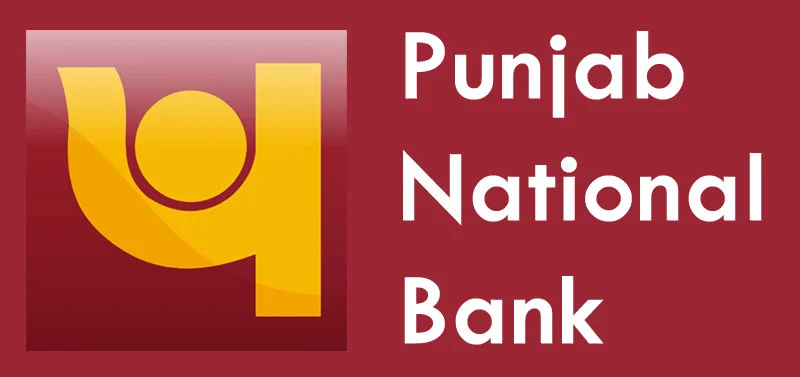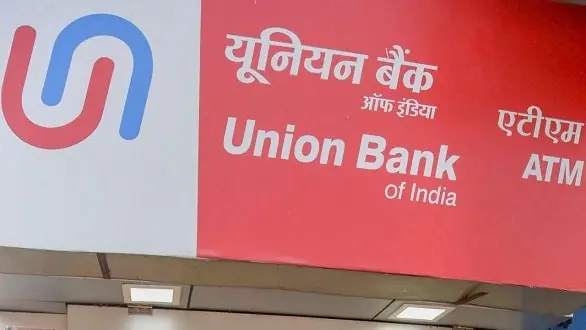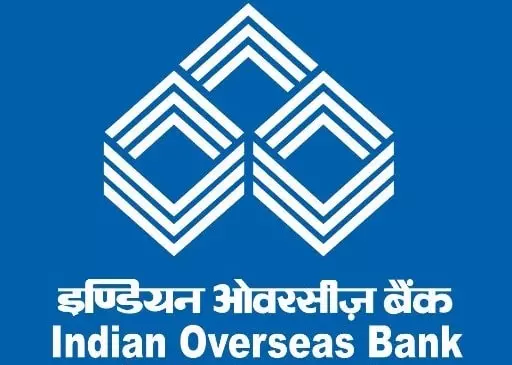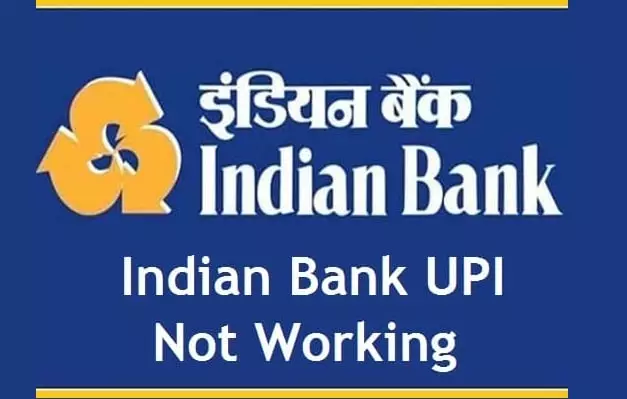Public Sector Banks in India are considered the backbone of the economy. The government banks were the first banks which allowed people to be a part of financial inclusion. Since independence, the government banks have come a long way in terms of offering reforms and policies. Today, all the banks in India are moderated by the Reserve Bank of India, ensuring that the policies are implemented in the customer’s interest. Recently, the government also took up a significant merger and acquisition exercise wherein it reduced the total number of Nationalized Banks in India. In 2017, there used to be 27 public sector banks; today, there are just 12 public sector banks in the country.
Public sector banks in India have been an integral part of the system as it has helped the government implement some revolutionary policies. Some of these policies include Jan Dhan Yojana, Demonetization, Direct Benefit Transfer and many others. Government banks are considered the safest options since the government backs them. If you wish to avail services from a government sector bank in India and are still deciding which bank to opt for, then we are here to help you. We have compiled a list of the top 10 best government banks in India in 2023 so that you know what options you have before you open an account. So, without waiting any further, let us jump on to the next section to learn more about the same.
List of Top Government Banks in India
While compiling the list of the top 10 best government banks, we have looked at factors like the number of branches, number of ATMs, digital mobile app, customer services, rural penetration and services offered by the bank. Based on these factors, we have shared the list of India’s top 10 best public sector banks. You can choose any of the banks listed below, and we are sure you will be happy with the services.
1. State Bank of India (SBI)
State Bank of India is the largest Indian bank, and it is the 49th largest in the world. The bank has its headquarters in Mumbai. State Bank of India has a 23% market share by assets. It also has a 25% of market share in deposits and loans. State Bank of India has experienced inorganic and organic growth. It also has a dedicated centre to support the start-ups in the country. State Bank of India has 22,218 branches in India, and it has 229 branches across 31 different countries. State Bank of India also has a strong network of 62,617 ATMs.
2. Punjab National Bank (PNB)
Next on the list is Punjab National Bank, also known as PNB. This bank was founded in 1894, and it is the third largest public sector bank in India. The bank has a strong customer base of over 180 million users. The bank also has over 12,248 branches, along with a network of 13,000 ATMs. Punjab National Bank also has international branches in countries like Kabul, Dubai, Hong Kong, etc. Apart from the regular banking services, Punjab National Bank also offers corporate banking, insurance, investment banking, private banking, mortgage loans, wealth management and private equity.
3. Bank of Baroda (BOB)
We also have the Bank of Baroda on the list, and it has a massive user base of 153 million customers. Bank of Baroda has 100 oversea offices along with 8546 branches and over 10,000 ATMs. The bank has its headquarters in Vadodara, Gujarat. The history of the Bank of Baroda can be traced back to 1908, when Sayajirao Gaekwad III founded it. Over the years, the Bank of Baroda has experienced massive growth, and it also acquired Hind Bank in 1958. The customer service experience at Bank of Baroda is phenomenal, and you will always have a one-stop solution for all your banking needs.
4. Canara Bank
Another popular public sector bank in India is Canara Bank. This bank was established in 1906, and the present-day headquarters of Canara Bank is in Bangalore. Until now, Canara Bank has acquired the Bank of Kerala, Seasia Midland Bank G Raghumathmul Bank Trivandrum Permanent Bank and many other banks. In 2019, the NDA government also announced the merger of Syndicate Bank with Canara Bank. With all this growth, Canara Bank has approximately 9720 branches in India today. Canara Bank also has offices in other countries, and it receives decent business in these international branches.
5. Bank of India (BOI)
The next public sector bank in India is the Bank of India. This bank was founded in 1906, and its headquarters is in Bandra Kurla Complex, Mumbai. The bank was nationalized in 1969, and since then, it has been a public sector bank. One of the things that the Bank of India takes pride in is the fact that it is the founder member of the SWIFT system, which is used for making financial transactions across the globe. Bank of India has 5430 branches and 5551 ATMs across the country. It also has 24 oversea branches in different countries. Overall, the Bank of India is a reliable banking partner.
6. Union Bank of India (UBI)
Union Bank of India is also referred to as Union Bank and is quite a popular banking partner for Indians. The bank has a base of over 120 million customers. In 2020, Union Bank of India was merged with Corporation Bank and Andhra Bank. After the merger, the bank’s network increased, and today, it has over 8500 branches along with 12800 ATMs in India. The bank has an employee base of 75,000 employees. The popular services offered by Union Bank of India include investment services, loans, private banking and wealth management services.
7. Indian Bank
Next on the list is Indian Bank. This bank was established in 1907 in Chennai, and since then, it has come a long way. Today, Indian Bank has over 5800 branches across India, and it also has a customer base of over 100 million users. The bank also has its oversea branch in Singapore and Colombo. In addition, the bank has representation across 75 countries. After the announcement of the Indian Government in 2020, Indian Bank was merged with Allahabad Bank in 2020. The merger made Indian Bank the seventh largest bank in the country. Indian Bank has over 41500 employees that support the customers.
8. Bank of Maharashtra
At number 8, we have the Bank of Maharashtra, which was incepted in 1935. The bank has its headquarters in Pune, with 2022 branches across India. Bank of Maharashtra also has the highest number of branches in Maharashtra. Bank of Maharashtra offers corporate banking, consumer banking, investment banking, insurance services, private banking, mortgage loan, private equity, securities, wealth management, asset management and credit cards. The bank has over 13,000 employees, and it also has a very strong balance sheet. If you are looking for a reliable public sector bank with the maximum reach in Maharashtra, then the Bank of Maharashtra is a perfect choice.
9. Indian Overseas Bank
Next on the list is Indian Overseas Bank, and the bank was founded in 1937. The bank has over 3200 branches, and it also has some oversea offices. Indian Overseas Bank was nationalized by the government in 1969. Indian Overseas Bank has a major focus on the digitalization of services. Owing to this, in 2021, Indian Overseas Bank received Degidhan Award 2020-21 from the government. The award was given because Indian Overseas Bank had the second-highest digital transactions in public sector banks. Indian Overseas Bank offers all kinds of banking services to its customers.
10. Central Bank of India
Central Bank of India is at the 10th rank on our list. This bank should not be confused with the Central Bank since the regulatory unit in India is called the Reserve Bank of India. Central Bank of India was established in 1911, and it has its headquarters in Mumbai. In 1923, the Central Bank of India acquired Tata Industrial Bank. The Central Bank of India was nationalized in 1969. Central Bank of India was also the first bank that started issuing credit cards in collaboration with Mastercard in 1980. Today, the Central Bank of India has over 4600 branches and 3644 ATMs.
Government Banks FAQs
Q1. How many public sector banks does India have?
Ans: At present, India has 12 public sector banks. At one point in time, this number was much higher, but the NDA government led a merger & acquisition effort which reduced the overall number. This project aimed to sanitize the balance sheets of the bank and create a robust banking system which is resilient to global economic downs. The modern banking system is certainly better than having multiple small banks as they have stronger balance sheets and minimal chances of failure.
Q2. Which is the largest public sector bank in India?
Ans: State Bank of India is the largest bank in India. It has its penetration not only in India but outside India. SBI became the largest bank after a merger process in 2016, during which five associate banks were merged into one. These banks were the State Bank of Hyderabad, State Bank of Bikaner and Jaipur, State Bank of Mysore, State Bank of Travancore and State Bank of Patiala. State Bank of India is also known to be the fifth largest employer in the country.
Q3. What is the complaint redressal mechanism?
Ans: If you have to raise a complaint, you can initiate it via the traditional mechanism by visiting the branch or by calling the phone banking services. If you are not satisfied with the resolution or would like to escalate, you can write to the nodal officer at the bank. If your complaint is still unanswered or if you are still unsatisfied, then you can reach out to the banking ombudsman. The banking ombudsman is managed and monitored by RBI.
Q4. Does a public sector bank have digital banking services?
Ans: Yes, the public sector bank offers all types of digital banking services. Like Kotak Mahindra Bank, State Bank of India also offers the facility to open a bank account via a mobile app. This mobile app is called SBI YONO. Similarly, all public banks in India have a dedicated mobile app as well as a dedicated digital banking website which allows you to take advantage of the banking facility without having to visit the branch. Today, the only service where you probably need to visit the bank is when you have to deposit cash or a cheque.
Final Verdict
These are some of the best government banks in India in 2023. They offer services at par with the private bank. In addition, some of these banks also allow you to open an account digitally without visiting the branch. With so much on offer, the public sector banks have certainly stepped up the game under the NDA government. You can check out the respective bank’s website to understand what is on offer. We hope this information will help you choose the public sector bank for getting the required services. Please note that the public sector banks in India also offer corporate, wealth management and asset management services to individuals and entities. If you have any other questions about the public sector bank in India, please contact us via the comment section.
























